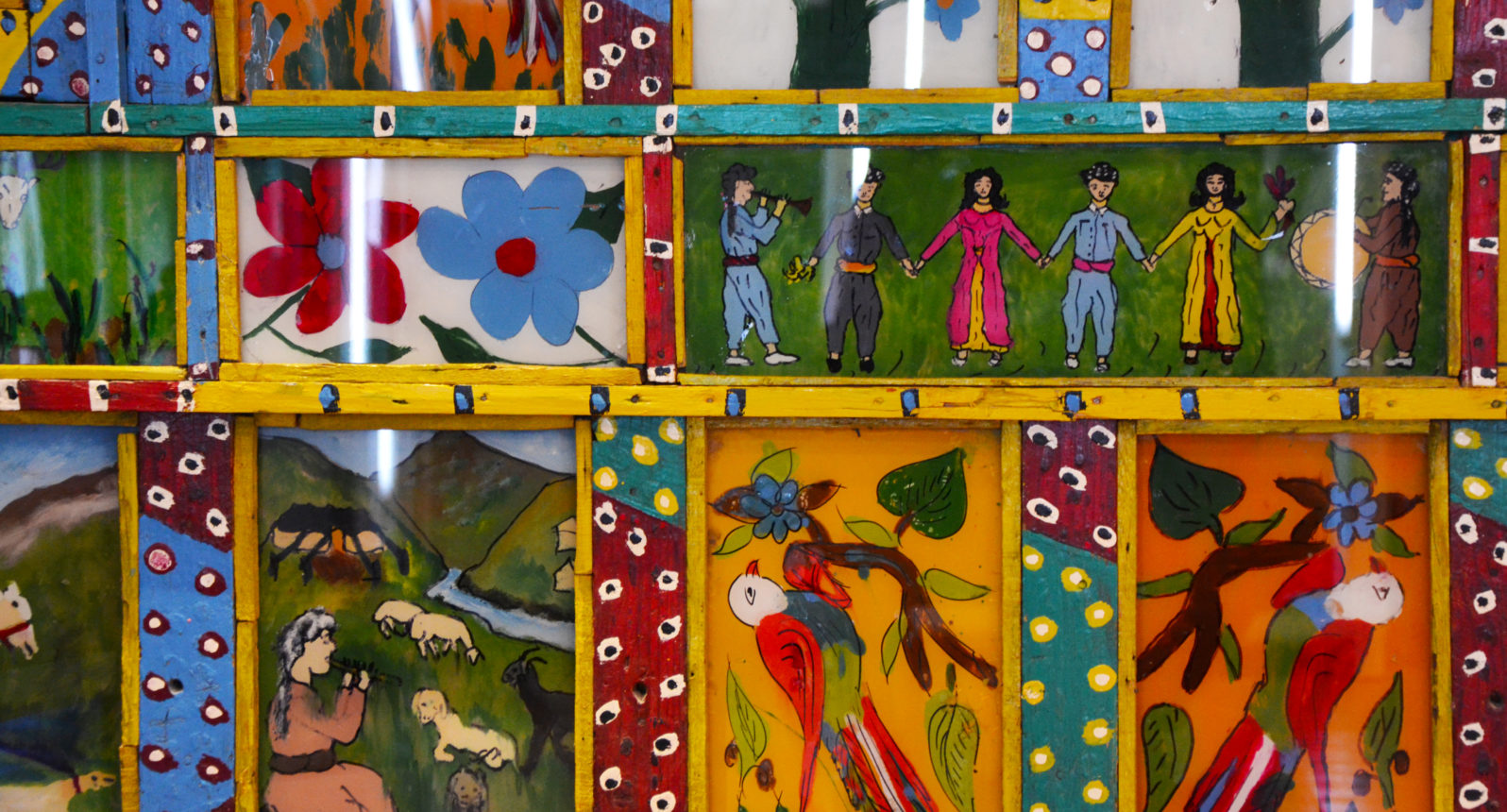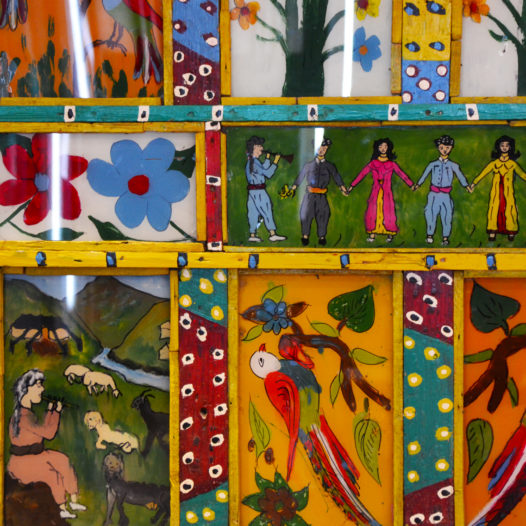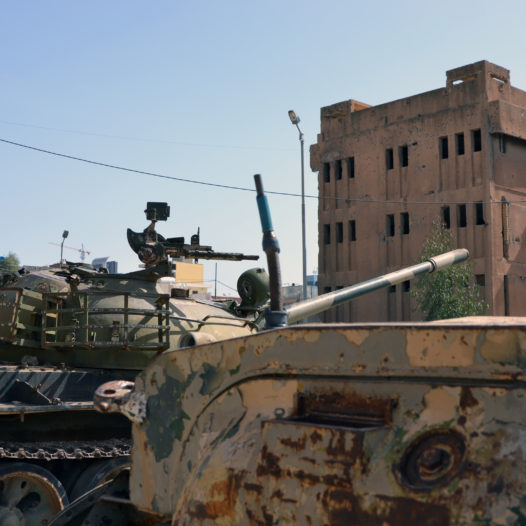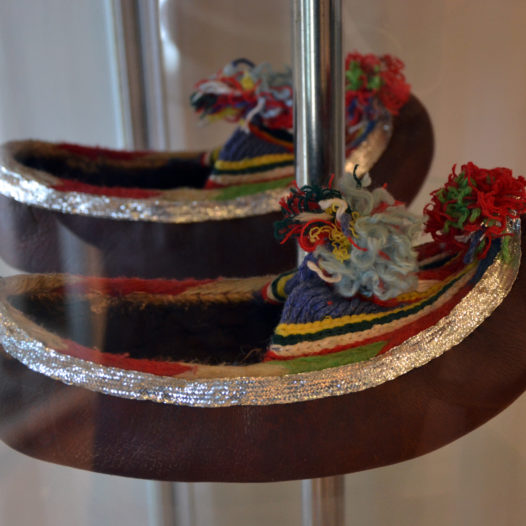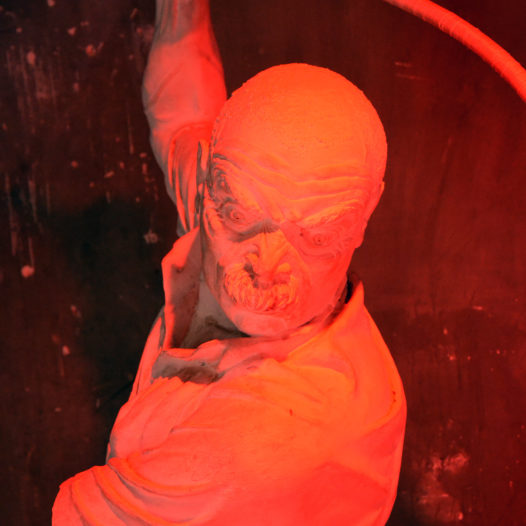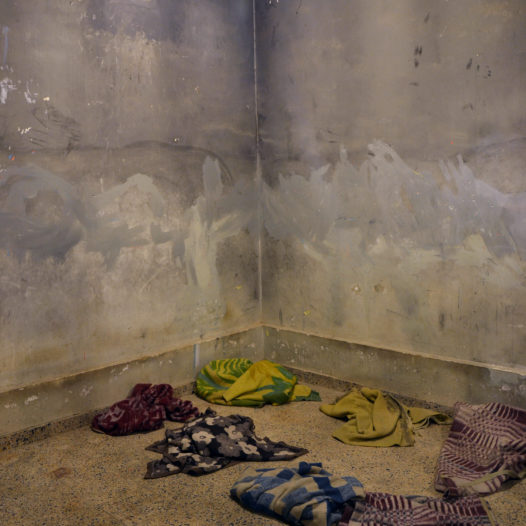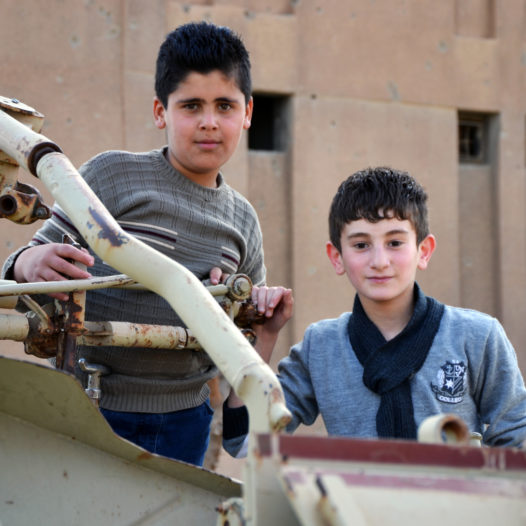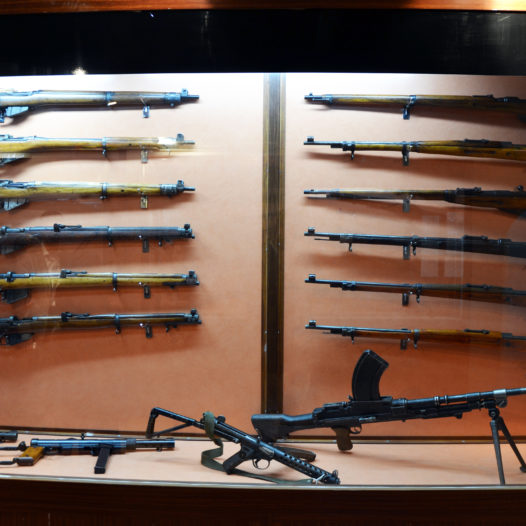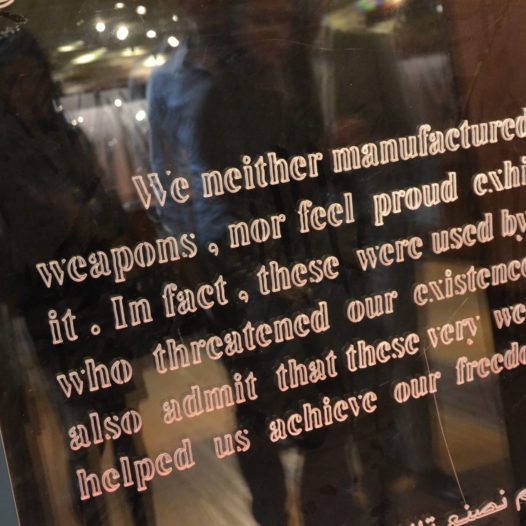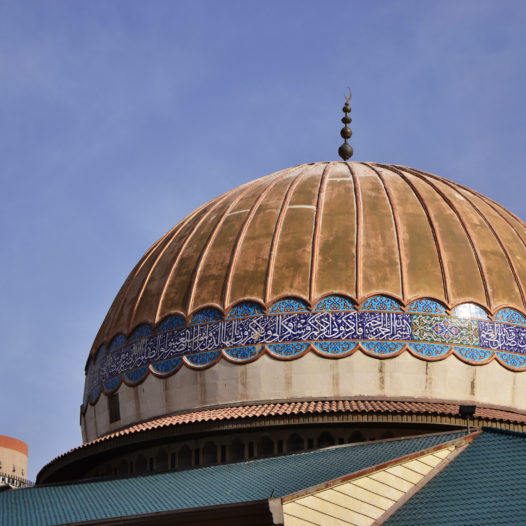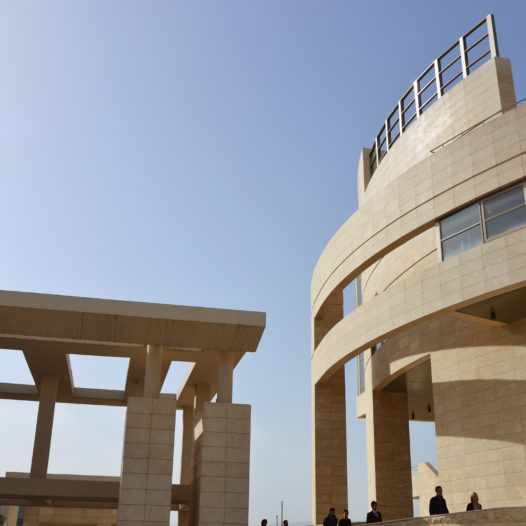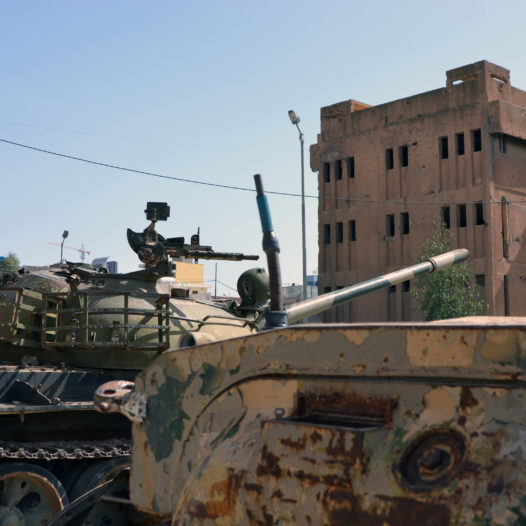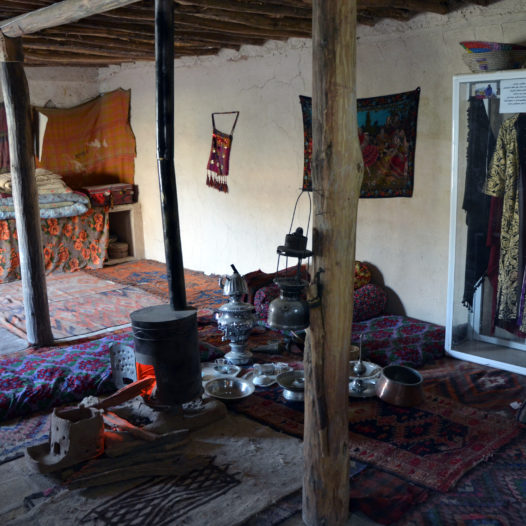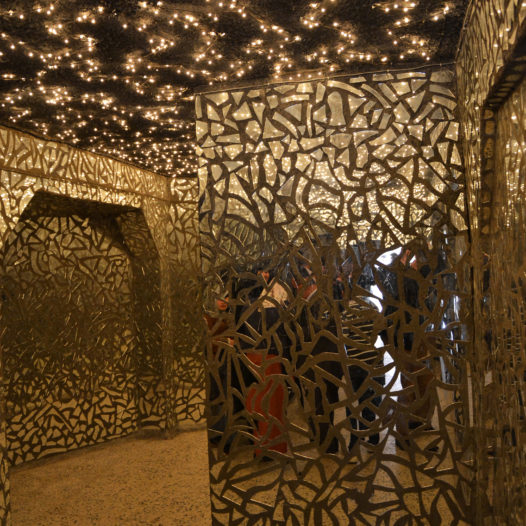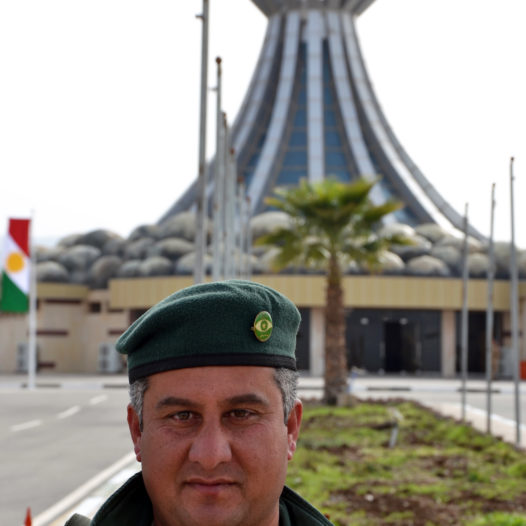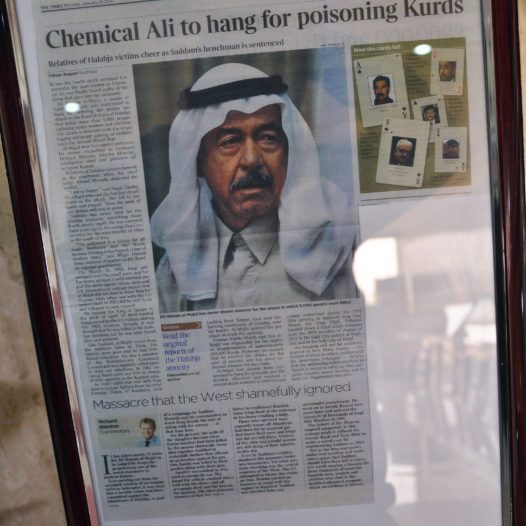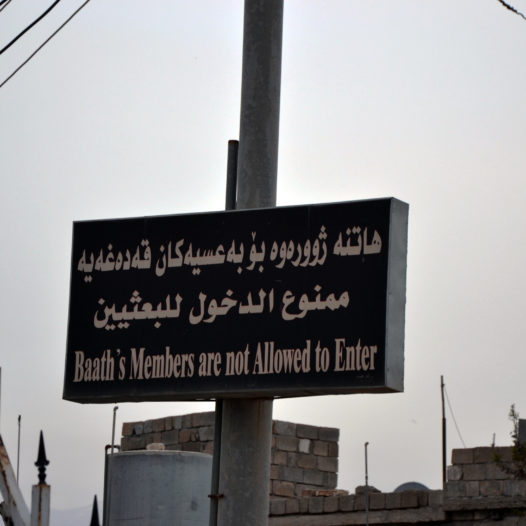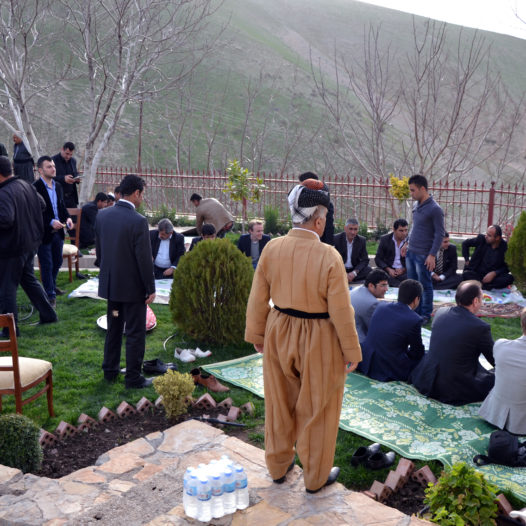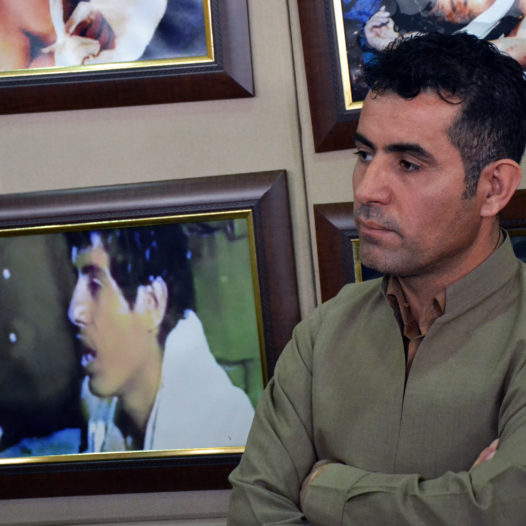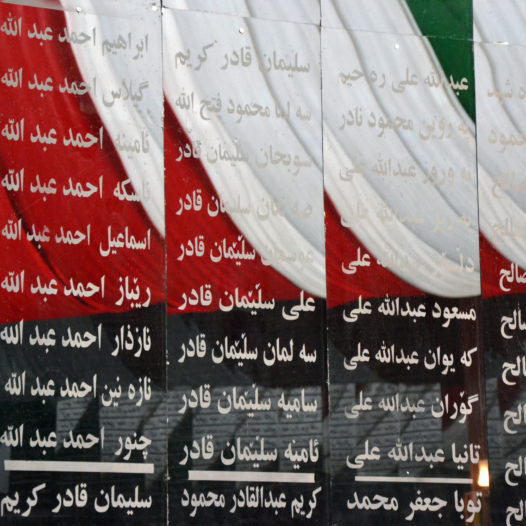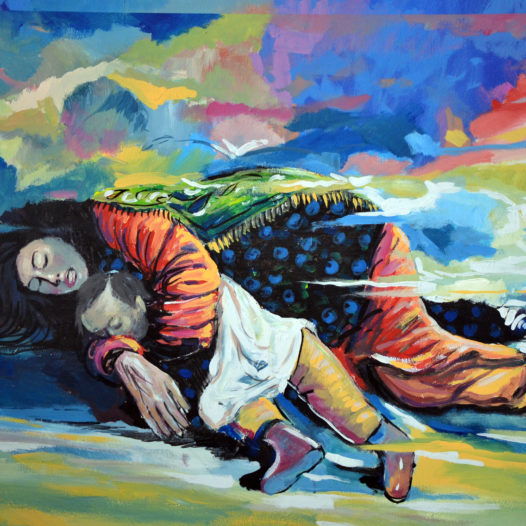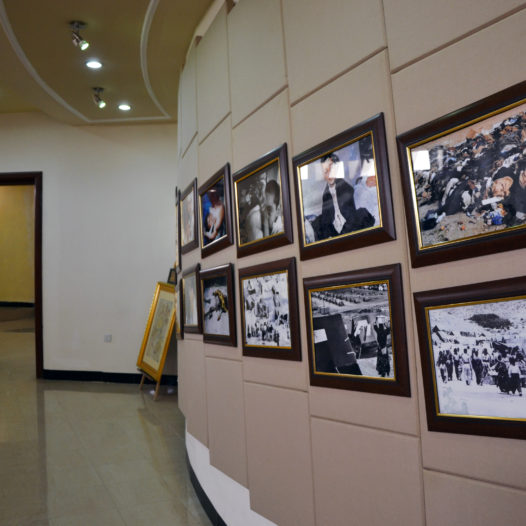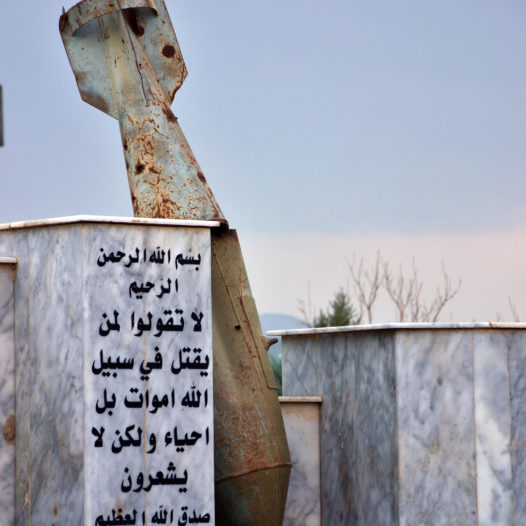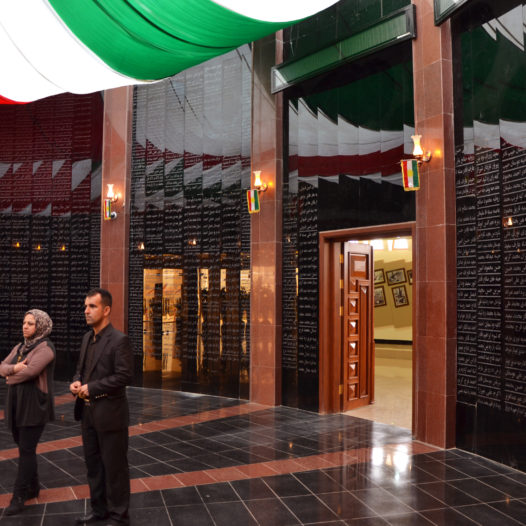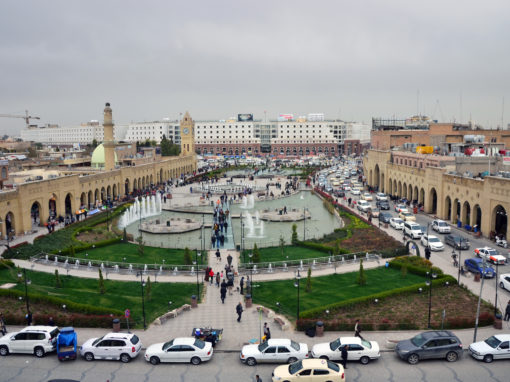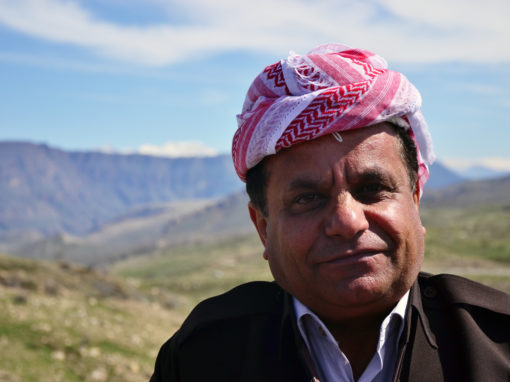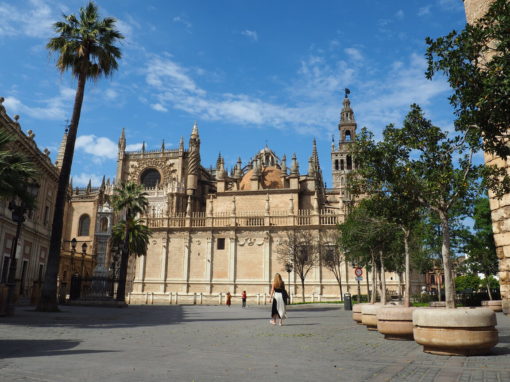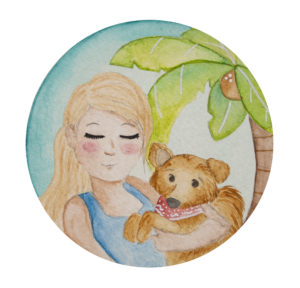With sight of the Zagros mountains in the background, we arrive in the upbeat city of Sulaymaniyah. We are ready for our next adventure after our amazing and intense stay in Erbil.
Some 1.5 million people live in here, which makes ‘Sully’ or ‘Slemani’ the second largest city of Iraqi Kurdistan. The city has an optimistic vibe due to its many young inhabitants. Also in Mesopotamian terms Slemani is a fairly young city. Furthermore, the PUK – one of the two big political Kurdish parties – was founded here in 1975. And another feature fact; inhabitants of the area speak the Sorani dialect.
Sulaymaniyah is seen by the Kurds as the cultural heart of Iraqi Kurdistan, because of the plethora of museums and galleries. One of the most important ones is the Amna Suraka Museum, nicknamed ‘Red Security’ museum after its red-coloured walls.
The museum used to be a high security prison and served as the northern headquarters of the Iraqi intelligence, the Mukhabarat. Within these walls thousands of Kurds were being imprisoned, tortured or killed under the regime of Saddam Hussein. It was in use from 1979 to 9 March 1991, the day that the peshmerga conquered the stronghold of the Ba’ath party.
The prison has been preserved in its original state and it is therefore a striking reminder of the traumatic past of the Kurds. In 2000 it was transformed into a museum.
Another dive into the gruesome past of the Kurds is to be made later on the day, in Halabja. Halabja is a medium-sized city near the Iranian border. On March 16, 1988, it was swept completely off the map in one go after the poisonous gas attacks of Ali ‘Chemicali’ Hassan al-Majid. In the Halabja Peace Museum this total destruction is shown and remembered.
The guide tells that the gas smelled like apple, so that the people would like to inhale it better.
Halabja is only an hour away by car from Slemani. We are welcomed at the doorstep of the museum by one of the survivors of the attacks. Impressive as that already is, he’ll be our guide of the day too.
The tour starts with showing what the town was like before the attacks; what kind of sport were practiced and what traditions were maintained. After all of the vivid depictions of happy people the next room strikes even harder: dolls and stuffed animals show how in what horrible state of affairs Halabja was left right after the gas attacks. The guide tells that the gas smelled like apple, so that the people would like to inhale it better.
The space depicts the destruction of man and nature. Very touching to walk straight through this reenacted battle field. It leads to the next, large area with a high ceiling, which is the backbone of the museum. Its construction is a symbol for the day itself: the space measures 19.88 meters (like the year), diameter three meters (third month) and the ceiling is divided in sixteen rays (days).
On March 16, 1988, 5000 people were killed. Their names are all engraved into the black wall. The Kurdish flag that covers the space above our heads is reflected in the shiny rocks beneath it. It’s a very heartbreaking sight. Even more so because the attack took place almost 25 years ago at the time of our visit.
One name is painted in green: it belongs to a survivor who was later found in Iran after he was brought there in the chaos.
Despite everything they’ve experienced, the Kurds know how to remain positive about their future. The people in the region are open and welcoming and very happy to see foreign visitors. They crave recognition; they want everyone to know about the existence of Iraqi Kurdistan and about what happened in here the last decades.
Pictures in this artikel made by Sammy Six. Follow Sammy on Flickr or on Instagram for more of his beautiful photos!
